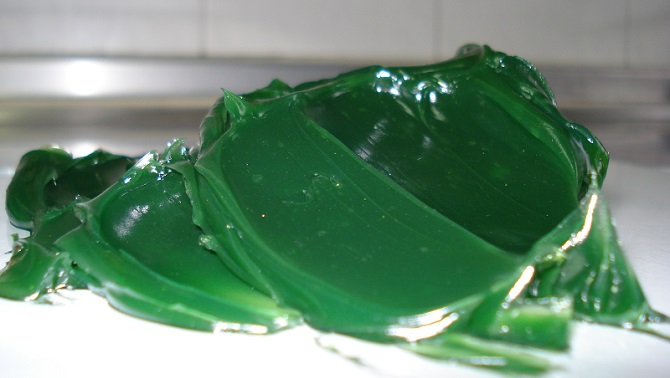China produces almost as much grease as North America and Europe combined, and the rest of Asia collectively churns out more than each of those Western regions, according to this years production report from the National Lubricating Grease Institute.
The 226 companies worldwide that responded to the United States-based NLGIs survey reported producing 2.57 billion pounds of grease at 250 plants last year, or 1.4 percent more than the output reported in 2015. Nearly 1.5 billion lbs. of that volume was made in Asia and around 900 million of it came from China alone.

Photo: Brugarolas S.A.
Nearly 1.5 billion lbs. of grease was made in Asia in 2016 and around 900 million of that came from China alone.
According to the 81 companies that responded to the survey in China, more than 80 percent of the grease that they produced was thickened using conventional and complex lithium soaps.
Grease thickened with lithium soaps took the lions share globally as well, up slightly this year to 75 percent of the worldwide total. The trend echoed throughout most individual Asian regions: it was used in 74 percent of grease produced in Southeast Asia and the Pacific and in 85 percent made in the Indian subcontinent.
Thats surprising, noted Tyler Jark, of Lubricating Specialties Co. I was a little surprised to see this slight increase, given all the cost and availability issues with lithium supply, he told the NLGI annual meeting in Olympic Valley, California, last month. Lithium and lithium complex greases have been the dominant type of thickener around the globe for decades, but because prices for lithium-derived raw materials have surged wildly over the past two years, many expected to see less of it used this year, not more.
Japan was the only Asian country to give way to a more various spread of thickener types. Lithium soaps still held the largest share at 58.5 percent of the 179.4 million lbs. of grease the countrys respondents produced, but that slighter majority left room for 52 million lbs. – or 29 percent – of grease thickened with polyurea and polyurea complexes.
Calcium soap was the distant second-most common thickener type globally and in most regions. Indias use of the stuff – mostly in hydrated form – amounted to 7.7 percent of its 220 million lbs. of grease, and Japans amounted to around 5 percent, also mostly hydrated. The Pacific and Southeast Asia region thickened 16.5 percent of its 155 million lbs. of product with calcium soaps; again, hydrated was the main form.
Chinas use of calcium soaps amid other types of thickeners (11 percent of its spread) mirrored the worlds 10.5 percent, but waterless varieties were more popular there than anywhere else – including North America and Europe. More than 7 percent – or 64 million lbs. – of the grease produced by Chinese respondents used anhydrous calcium soaps. Thats an uptick from the prior three years, and its a significant jump from the 1.5 percent reported by Chinese respondents in the 2013 survey, which pegged total production at around 984.6 million lbs.
Comparing data from one year to the next should be done cautiously, however, explained Chuck Coe, president of Grease Technology Solutions LLC, the independent research and consulting firm that conducted the survey. The pool of companies volunteering to participate has varied somewhat in the past four years included in the most recent report. Seven companies that contributed 2015 production data did not submit data for 2016, for example, but 10 new participants did, along with their numbers for the prior years. Although There are significant revisions to production numbers for the years 2013 through 2015, its still a robust picture of grease manufacturing activity, Coe noted in the 2016 NLGI Lubricating Grease Production Survey report, which can be downloaded here.